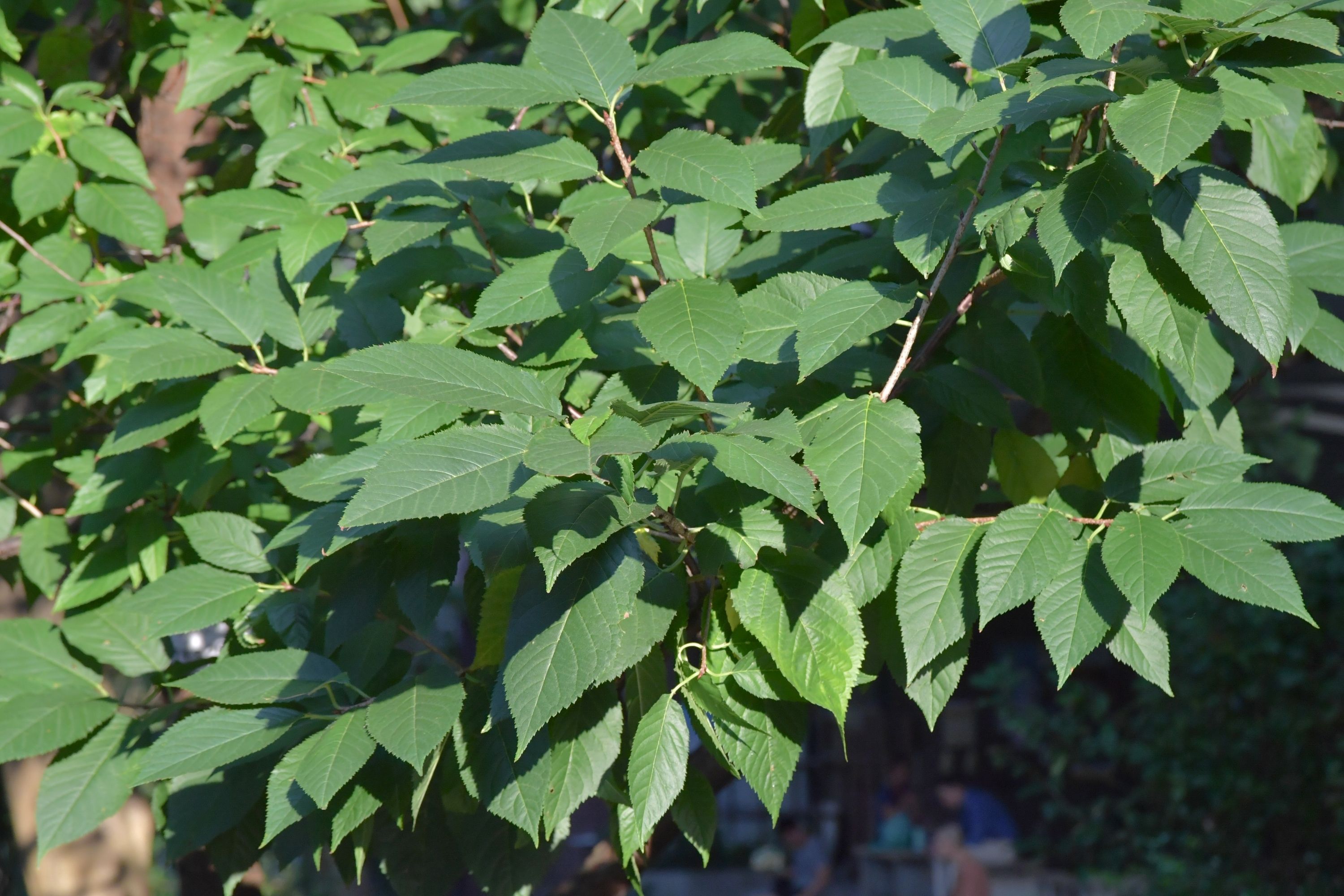Japanese beech
(Fagus japonica)

Description
Fagus japonica, commonly known as Japanese beech, is a deciduous tree species native to Japan. This plant belongs to the family Fagaceae and is closely related to the American beech (Fagus grandifolia) and the European beech (Fagus sylvatica). Japanese beech trees are renowned for their ornamental value and are often cultivated in parks, gardens, and urban landscapes. This article provides a detailed encyclopedia of the Fagus japonica tree, its physical description, growth requirements, propagation, and uses. Physical Description: Fagus japonica is a medium-sized to large deciduous tree that can grow up to 30 meters (100 feet) in height and 1 meter (3.3 feet) in diameter. The tree's bark is smooth and gray in color, which becomes rough and fissured as the tree ages. The leaves of the Japanese beech are alternate, simple, and ovate with serrated edges. The leaves range in length from 6-12 cm (2.3-4.7 inches) and width of 4-8 cm (1.6-3.1 inches) and are dark green in color. In autumn, the leaves turn yellow, orange, and reddish-brown, making the tree an attractive ornamental feature. The Japanese beech tree has monoecious flowers, meaning it has separate male and female flowers on the same tree. The flowers are small, yellowish-green, and appear in spring with the emergence of new leaves. The tree produces triangular-shaped nuts enclosed in spiny husks that split open to release the nuts. Growth Requirements: Fagus japonica prefers well-drained soils that are rich in organic matter. The tree thrives in loamy soils that are acidic to slightly alkaline (pH range of 5.5-7.5). The Japanese beech tree is sensitive to drought and requires regular watering during the summer months. The tree prefers partial shade to full sun exposure, with ideal temperatures ranging from 18-24°C (65-75°F). The tree can tolerate winter temperatures as low as -20°C (-4°F). Propagation: Fagus japonica can be propagated through seeds or cuttings. Seeds should be collected from mature trees in the fall and sown immediately in well-draining soil. The seeds should be stratified for three months at 4°C (39°F) to simulate winter conditions before sowing. Cuttings can be taken from mature trees in the early spring or fall and rooted in a well-draining propagation medium. Uses: Fagus japonica is an important ornamental tree species that is often planted in parks, gardens, and urban landscapes. The tree's attractive foliage, bark, and nuts make it a popular choice among landscapers and horticulturists. The wood of the Japanese beech tree is used in the production of furniture, flooring, and veneer. The nuts of the tree are edible and are often roasted and eaten as a snack. Conclusion: Fagus japonica, or the Japanese beech, is a beautiful and ornamental tree species that is native to Japan. The tree is renowned for its attractive foliage, bark, and nuts and is often planted in parks, gardens, and urban landscapes. The tree requires well-drained soils that are rich in organic matter, regular watering, and partial shade to full sun exposure. Fagus japonica can be propagated through seeds or cuttings and is an important source of wood and food for humans. Overall, the Japanese beech is a valuable addition to any landscape or garden, and its beauty and usefulness should be appreciated by all.
Taxonomic tree:







